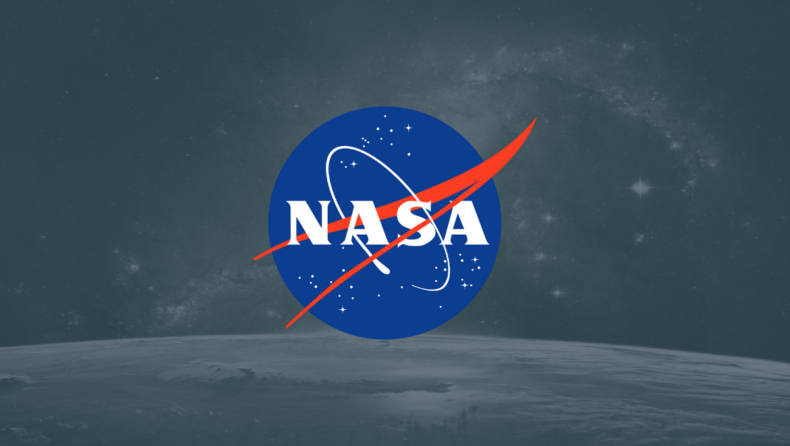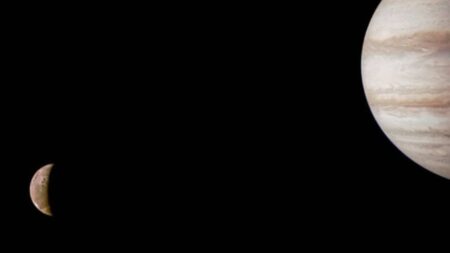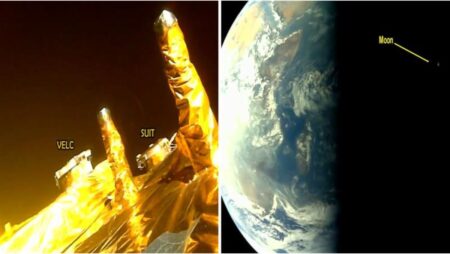The first notion that sprang to mind as people began staring up at the sky was, “Are we alone in the universe?” Our solar system was formed after we discovered planets orbiting the Sun that were billions of kilometres apart.
Once in a while, a breakthrough in space research occurs that opens up new possibilities beyond what we’ve seen before.
Nasa has confirmed the presence of over 5000 planetary entities around stars outside our solar system with the finding of 65 new planets, marking a new milestone in space exploration.
The Nasa exoplanet archive has received 65 new candidates to investigate, all of which may have compositions that could enable the presence of water, microorganisms, gases on the surface, or possibly life.
https://twitter.com/NASA/status/1506017954621763588?s=20&t=FGH7lMnVcGeS_Vb7MjmlQA
“The archive contains exoplanet discoveries that have been confirmed using multiple detection methods or analytical techniques,” Nasa stated, adding that each one is a new world, a brand-new planet.
When it comes to composition and properties, the 5000 exoplanets identified so far span a wide spectrum. Small, rocky worlds like Earth, gas giants many times Jupiter’s size, and hot Jupiters in scorchingly close orbits around their stars are among them.
There are “super-Earths,” which are potentially larger rocky worlds than our own, and “mini-Neptunes,” which are smaller copies of Neptune in our system.

Planets orbiting two stars at once have also been identified in the last three decades, as have planets doggedly orbiting the collapsing remnants of dead stars.
“It’s more than a number.” Jessie Christiansen, science lead for NASA Exoplanet Archive and a research scientist with the NASA Exoplanet Science Institute at Caltech, remarked, “I get enthusiastic about everyone since we don’t know anything about them.”
How did we begin discovering planets?
Hundreds of billions of such planets are most likely to exist in our galaxy. Strange new worlds around an even bizarre star started a steady drumbeat of discoveries in 1992. It was a pulsar, a fast-spinning stellar corpse that pulses with millisecond blasts of scorching radiation.
Scientists discovered planets in orbit around the pulsar by measuring small changes in the timing of the pulses.
Once astronomers learned to distinguish them, dozens, then hundreds of such planets surfaced in the data from ground-based observatories.
They were discovered using the “wobble” approach, which involves detecting the star’s small back-and-forth motions induced by gravitational tugging from circling planets. Still, nothing appeared to be habitable.
The next great advance in exoplanet-hunting technology, the “transit” method, was necessary to find tiny, rocky worlds more like our own.
William Borucki, an astronomer, came up with the concept of connecting incredibly sensitive light detectors to a telescope and then sending it into space. The telescope would seek for minuscule dips in illumination as a planet crossed a star’s face for years, scanning an area of more than 170,000 stars.
What happens after the cosmic milestone?
The Nancy Grace Roman Space Telescope, which is scheduled to launch in 2027, will use a variety of approaches to find new exoplanets.
The ESA (European Space Agency) mission ARIEL, which will launch in 2029, will study planetary atmospheres, with NASA equipment called CASE on board to help pinpoint extraterrestrial clouds and hazes.
“To my thinking, we’ll inevitably find some kind of life somewhere – most likely of some primitive kind,” Wolszczan, a professor at Penn State University said.
The close connection between the chemistry of life on Earth and chemistry found throughout the universe, as well as the detection of widespread organic molecules, suggests detection of life itself is only a matter of time, he added.
Read More Science News here.
Published By: Manan Khurana
Edited By: Khushi Thakur













